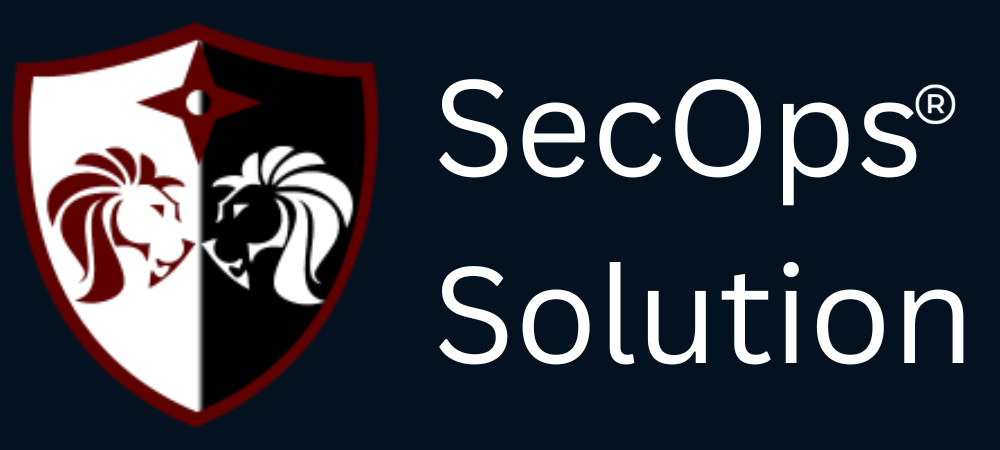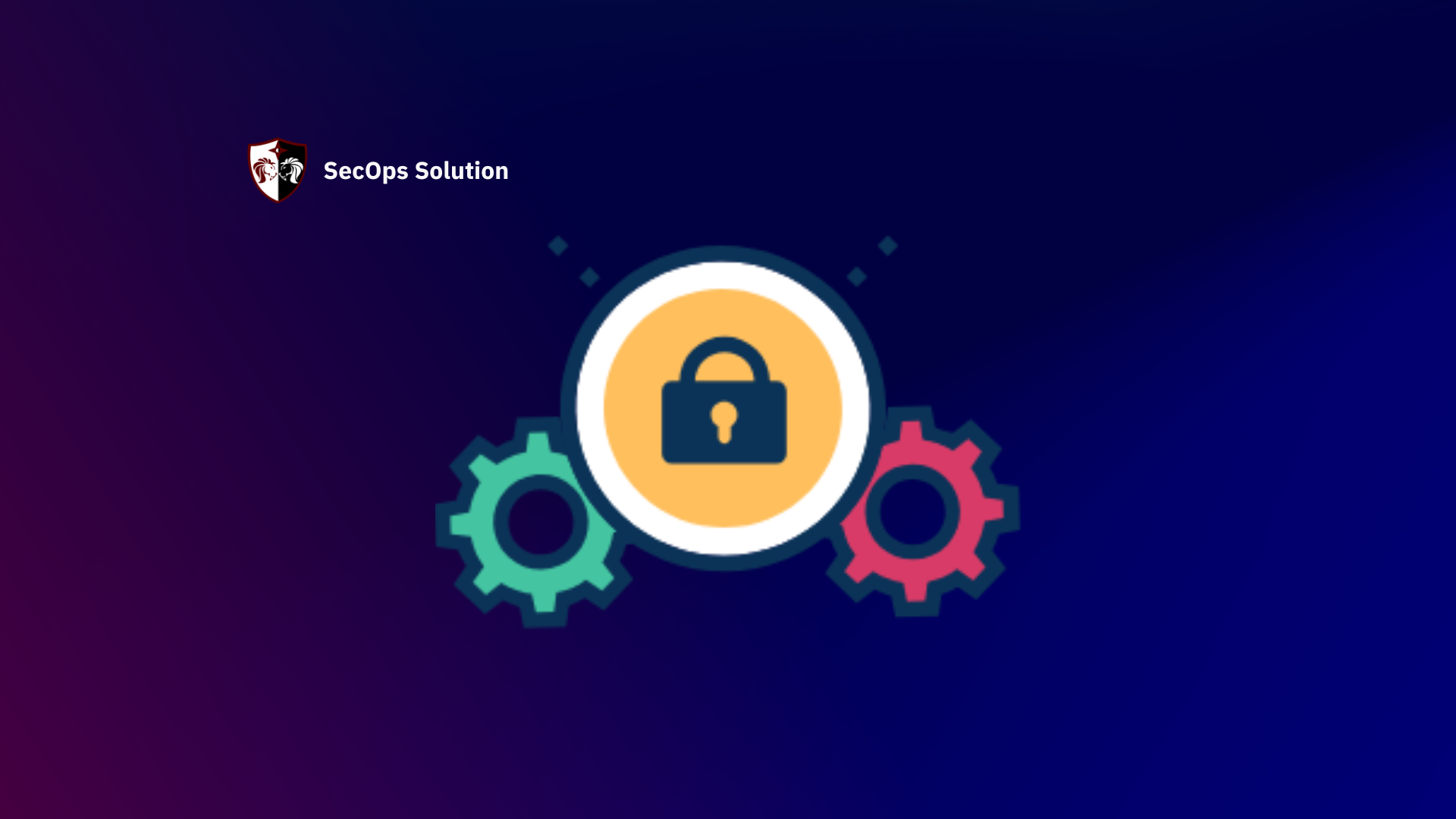
Agentless security for your infrastructure and applications - to build faster, more securely and in a fraction of the operational cost of other solutions

hello@secopsolution.com

In today's fast-paced DevOps world, automation reigns supreme. The ability to spin up entire infrastructure environments with code has revolutionized how we deploy and scale applications. But as organizations race toward automating infrastructure provisioning, one critical security function often gets sidelined—patching.
Enter Patch-as-Code, a powerful concept that brings patching into the Infrastructure as Code (IaC) paradigm, ensuring your infrastructure isn’t just fast and scalable—but also secure and compliant.
Infrastructure as Code is the practice of managing and provisioning IT infrastructure using machine-readable configuration files. Tools like Terraform, Ansible, CloudFormation, and Pulumi allow developers and DevOps teams to write declarative or procedural scripts to automate server setup, network configuration, and cloud service provisioning.
However, while IaC is great for provisioning, security patching is often treated as an afterthought, managed separately by security or operations teams—a dangerous gap in an otherwise streamlined system.
Modern threats evolve rapidly. A single unpatched vulnerability can be the entry point for ransomware, data breaches, or privilege escalation attacks. Patch management traditionally lags behind deployment speed, leading to exposure windows where freshly provisioned environments are already outdated.
Patch-as-Code is the philosophy and practice of embedding patching into your IaC workflow—codifying your patching processes just like you do with provisioning scripts.
SecOps Solution empowers organizations to automate patch management without relying on heavy agents or complex setups. Its agentless patching platform is designed to seamlessly integrate into modern IaC and DevSecOps workflows, enabling you to implement Patch-as-Code at scale.
Whether you’re deploying infrastructure via Terraform or configuring environments with Ansible, SecOps Solution provides the control and automation you need to ensure patches are applied immediately and consistently—closing the gap between speed and security.
Infrastructure as Code has transformed the way we build and deploy environments. But speed without security is a recipe for disaster. By adopting Patch-as-Code, organizations can ensure that every environment—no matter how quickly it was provisioned—is also secure and up to date.
Don’t let patching remain a manual bottleneck in an otherwise automated ecosystem. Codify your patching strategy, integrate it into your DevOps pipelines, and leverage solutions like SecOps Solution to stay secure, compliant, and future-ready.
SecOps Solution is a Full-stack Patch and Vulnerability Management Platform that helps organizations identify, prioritize, and remediate security vulnerabilities and misconfigurations in seconds.
To learn more, get in touch.